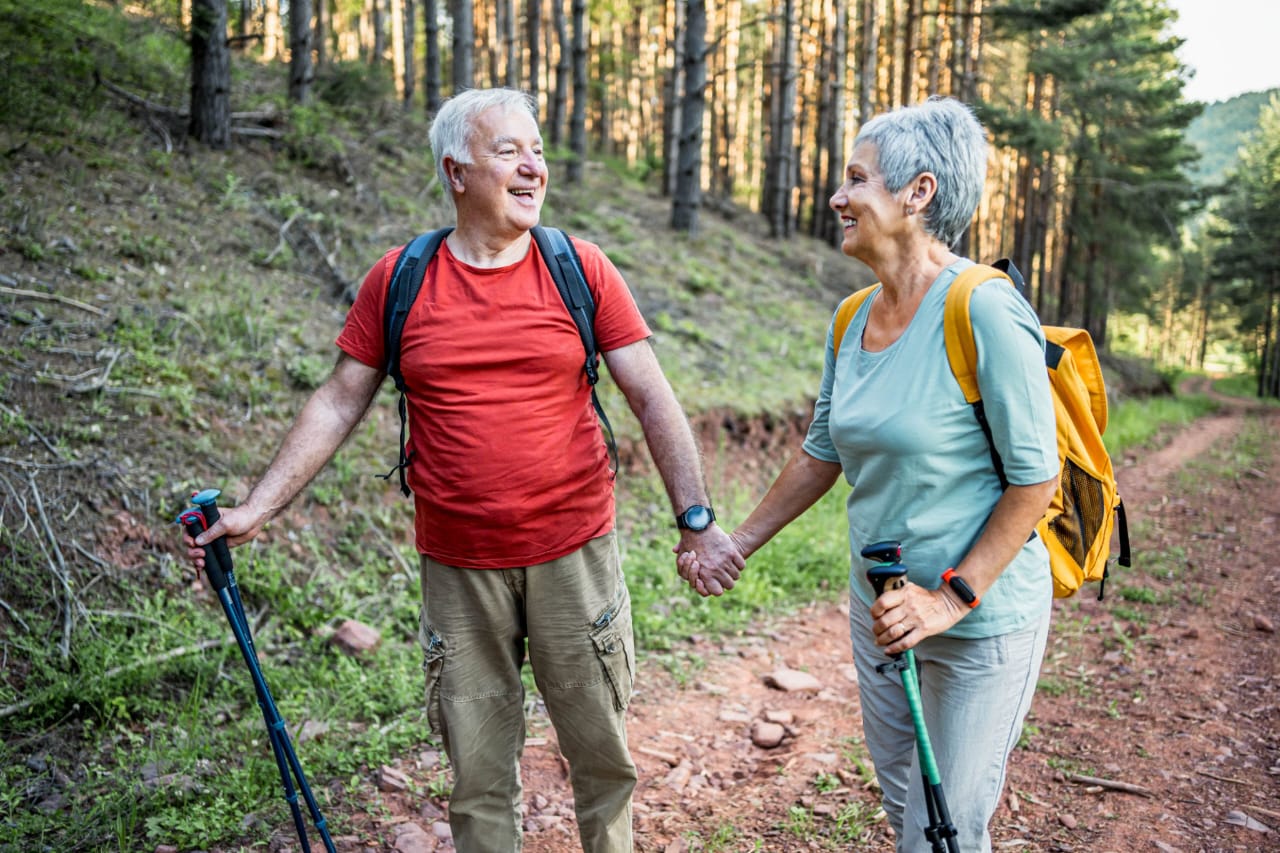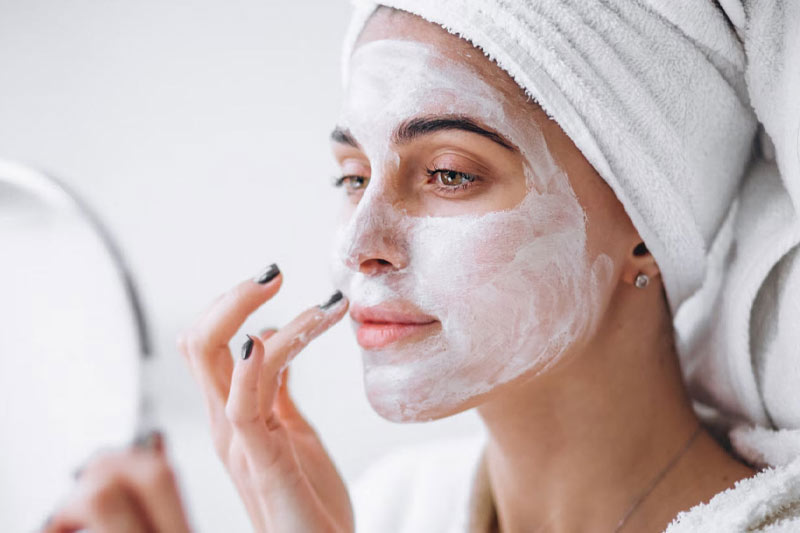It's never too late to start moving. Whether you're a lifelong athlete or haven't exercised in years, the simple truth is this: People who stay active as they get older are healthier, happier, and more independent.
You don't need a gym membership or a huge time commitment. Even small, consistent amounts of physical activity are a powerful tool for your long-term health.
💪 The Big Payoffs of Prioritizing Movement
Why make movement a priority? The benefits are about maintaining your vitality and independence in every aspect of life.
Functional Independence
- Lasting Autonomy: Being active makes you more likely to stay independent, helping you handle daily tasks like carrying groceries, getting dressed, and playing with grandchildren without relying on others.
- Stronger Against Falls: Focused exercise builds the quick reaction time and leg strength needed to prevent falls and injuries.
- Sustained Fitness: Exercise helps slow down the natural loss of muscle mass and the decline in aerobic fitness that comes with age. You retain your strength and endurance longer!
Health & Longevity
- Live Longer: Overall, older adults who exercise simply live longer than those who do not.
- Better Mood: Activity is a fantastic tool for managing stress, reducing anxiety, and improving sleep quality.
- Vitals Management: Regular movement helps to lower blood pressure and manage other chronic conditions like diabetes.
🧘 The 4 Pillars of Functional Movement
To keep your body balanced and functional, aim to include these four types of exercise regularly.
- Aerobic Exercise (Cardio): Raises your heart rate for stamina and heart health.
- Try: Brisk walking, swimming, dancing, or cycling.
- Muscle Strengthening: Builds muscle and protects joints.
- Try: Wall push-ups, squats while holding a chair, or lifting jugs of water at home.
- Flexibility: Helps with crucial daily movements like bending and reaching.
- Try: Gentle stretching or a beginner's yoga class.
- Balance Training: Directly lowers your risk of falling.
- Try: Tai chi, walking heel-to-toe, or single-leg balance exercises (always with support nearby!).
⏱️ Consistency Beats Intensity
The myth that you need an hour at the gym is the biggest hurdle. Any movement is better than none!
Strategies to Move More, Sit Less:
- Break It Up: 10 minutes of exercise three times a day is just as effective as one 30-minute session.
- Build It Into Your Day: Take the stairs, park farther away, or take a longer route when walking.
- Find Your Fun: Dancing, gardening, and even energetic household chores all count!
- Minimize Sitting Time: Get up and move around regularly if you work at a desk or are watching TV.
🩺 Safety First: Consult Your Doctor
If you have not exercised in a long time, or if you have a history of heart disease, high blood pressure, or diabetes, always talk with your doctor before starting any new exercise program.
They may recommend a simple exercise test or suggest working with a physical therapist to ensure you start safely. Start low and go slow; consistency is the ultimate goal.
🚨 Stop and Call Your Doctor Immediately if You Experience:
- Pain or pressure in your chest, arms, throat, jaw, or back.
- Feeling like your heart is fluttering or racing very fast.
- Feeling dizzy or faint, or experiencing nausea/vomiting.
What is the single biggest challenge that prevents you from moving more today?






Comments (0)
You must be logged in to leave a comment. Login here
No comments yet
Be the first to share your thoughts!